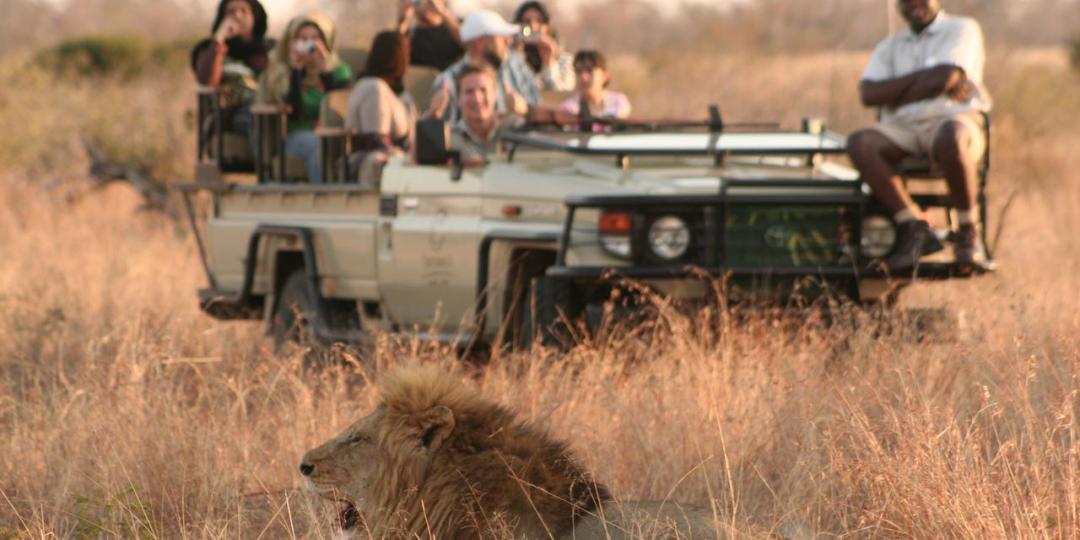In response to a recent poll, 70% of Tourism Update readers said they would be interested to learn more about how to incorporate electrically-powered game-drive vehicles into their operations.
Savannah Freemantle spoke to Andrew Flatt, the Head of Marketing at Chobe Game Lodge, to gain a better understanding of how the industry could proceed.
Chobe Game Lodge was one of the earliest adopters, having acquired its first vehicle in 2014. It now (as of 2017) has a fleet of four electrically-powered game vehicles and four boats. Flatt outlines the process of conversion below:
Q: Why did Chobe make the decision to transition to electrically-powered game vehicles and boat tours?
A: The intended impact of the project was focused on two main aspects; to reduce our impact on the environment, which we are responsible for, and to raise the bar of sustainable efforts in Africa. A shift is needed, protecting our eco-systems is the only way to preserve the future of this industry. At Chobe Game Lodge, we also have a very sophisticated power grid and supply system, which assisted in enabling us to successfully move forward with the plan.
Q: How cost effective is it to transition to electrically-powered game vehicles/boat tours?
A: The initial capital outlay is high, and the conversion is by no means cheap. But the savings on petrol in the long term are significant.
Q: What are the advantages for the guests?
A: The experience is enhanced ten-fold. They get to experience a smooth and silent safari. As a result, the guide has the ability to better communicate with each guest and they can be more in touch with the sounds and wildlife around them. Without the rattle of a petrol vehicle, photographic opportunities are much easier to come by, and with the absence of the sounds created by starting and stopping the engine, the wildlife you see is less bothered by your presence.
Q: What are the disadvantages?
A: The challenges faced with these conversions is the expense of doing the physical conversion at this point in time. There also needs to be specific training done on maintenance and upkeep, as this is vastly different from that of petrol engines.
Q: What is the benefit to the environment?
A: Since the inception of the project in late 2014, over 93 000 kg of CO2 emissions have been saved. This has an incredibly positive impact on our carbon footprint. The noise pollution associated with fuel vehicles is also eradicated.
Q: How long does the battery last?
A: On average, the batteries have a life of approximately eight hours. However, with the rougher terrain they operate in, we get an average of six hours per charge.
Q: Where do you source your electricity?
A: The electric vehicles are charged in our workshop, and are charged by solar power. 313 solar panels were installed on the roof of the workshop in 2017 which now power these vehicles.
Q: What will it take to see this movement grow in the industry?
A: Desire. The resources and capability are there, and the awareness is growing and is currently at an all-time high. It is just about taking the leap now. The future of this industry is green, and the industry is certainly aware of this.
If you look at how solar power is being used in the industry and all the efforts being made, it’s evident that there is a strong focus on sustainability and green energy. This conversion is just the next big step forward, and we hope that by demonstrating the benefits of our project, we have inspired those who have the capability to follow, to do so. The results speak for themselves.























